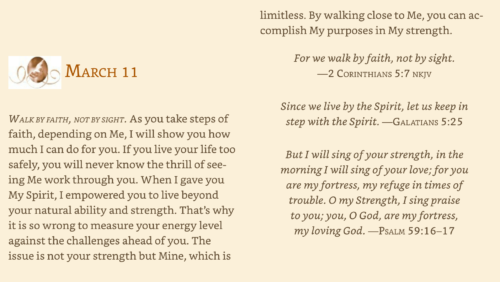A Movement of Inclusion
Diana Butler Bass writes of the diversity of Christianity’s spiritual movements, the well-known and the less so. She lists some that are known to many:
The Benedictine renewal, the Franciscan movement, the Brethren of the Common Life, the Protestant Reformation, the Anabaptist community, the Methodist and evangelical revival, the Great Awakening, the Oxford movement, the Pentecostal revival. Others, I suspect, are remembered by no grand title. . . .
No historian can even guess how many small movements of individuals or congregations have existed in the past, movements made up of those who experienced God in new ways that remade their lives and communities without much notice or credit. Some movements lasted only a short time and were local events; others lasted decades or centuries and spread throughout Christendom. Such things are part of the long historical process of renewing faith. How would any religious tradition stay alive over hundreds or thousands of years if not for the questions of discontent and the creativity brought forth by longing? [1]
Jesuit priest Gregory Boyle, the founder of Homeboy Industries, the world’s largest gang intervention, rehabilitation, and re-entry program, writes of his hope for the continued movement of the Church towards greater love and inclusion:
My friend Mary Rakow says, “The Church is always trying to come to us from the future.” So, we need to allow it. Jesus lived, breathed, and embodied a boundary-subverting inclusion. If it’s inclusive, and wildly so, then you know you’re warm. You are close to it. Nothing is excluded except excluding. . . .
We are always hopeful that the Church will see its Copernican Moment, when it decides that its center is not located in Europe, in white males, in mandatory celibacy. We all hope against hope that it will become the “wonderful adventure” that Pope Francis envisions. Church as movement and not decorative institution. . . .
The gospel always wants to dislodge itself from the places where it gets stuck and embedded in the narrow, cultural structure. So, we all take steps to free it, find our way, again and again, to an expansive tolerance and a high reverence for paradox. We need to allow the Church to become a movement again. Jesus says if you’re not gathering, you’re scattering [see Matthew 12:30]. We either pull people in or push people out. We attract in the same way Jesus did. . . .
The disciples aren’t sent out to create an institution fortified by uniformity, just another tribe highly defended against all outside forces. Certainly, Western Christianity goofed some things up: it fostered separateness; it bet all its money on the “sin” horse; and it relied so heavily on external religious exercises. Clearly, we are being propelled into the world to cultivate a movement whose ventilating force is an extravagant tenderness. The disciples didn’t leave Jesus’ side with a fully memorized set of beliefs. Rather, theirs was a loving way of life that had become the air they breathed, anchored in contemplation and fully dedicated to kinship as its goal. [2]
